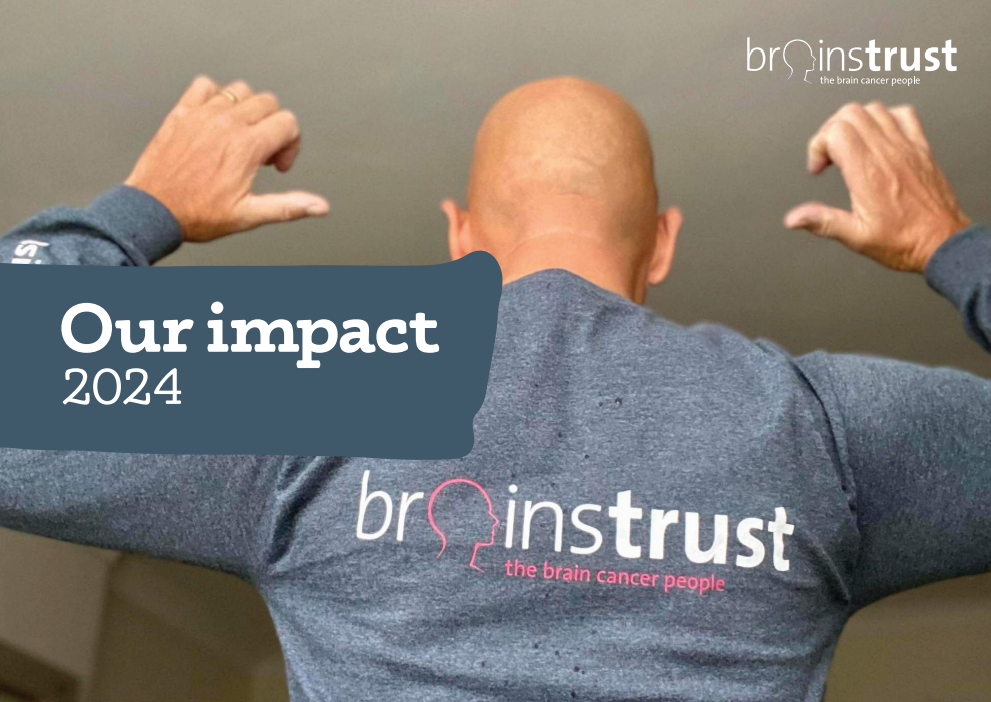
Check out your results here – https://resultscui.active.com/events/BraintrustBelle10K
This is a fast, chip-timed, ‘pancake’ flat and definitely PB potential race which takes in the picturesque South Cambridgeshire villages of Bassingbourn and Litlington. The race is open to social and club runners. Runners must be at least 15 years old to take part with no upper age limit. The course consists of 7.5km on road and 2.5km off road along a grass track. Part of the course is on private land, so entering the event is your only way of completing the race!
With only 320 places, the brainstrust Bass Belle 10km is an intimate race meaning runners can get off the start line quickly, and straight into their pacing without feeling bunched up by crowds. Another great plus for those after a PB!
On this page:
All proceeds from the brainstrust Bass Belle 10km help to fund brainstrust’s vital services, which support people diagnosed with a brain tumour and their loved ones. When you run in the brainstrust Bass Belle 10km, not only are you competing in a fantastic local event, you are also helping to ensure that people diagnosed with a brain tumour have the support they need to live their best life possible. This year there are two ways you can enter the brainstrust Bass Belle 10 km:
Paid entry: all proceeds raised from ticket sales go to brainstrust, these vital funds will help us continue to offer our services to people affected by a brain tumour.
Free fundraiser entry: get free entry to the race by agreeing to fundraise for brainstrust. Please note that if your fundraising target isn’t met you will be required to pay an entry fee on the day.
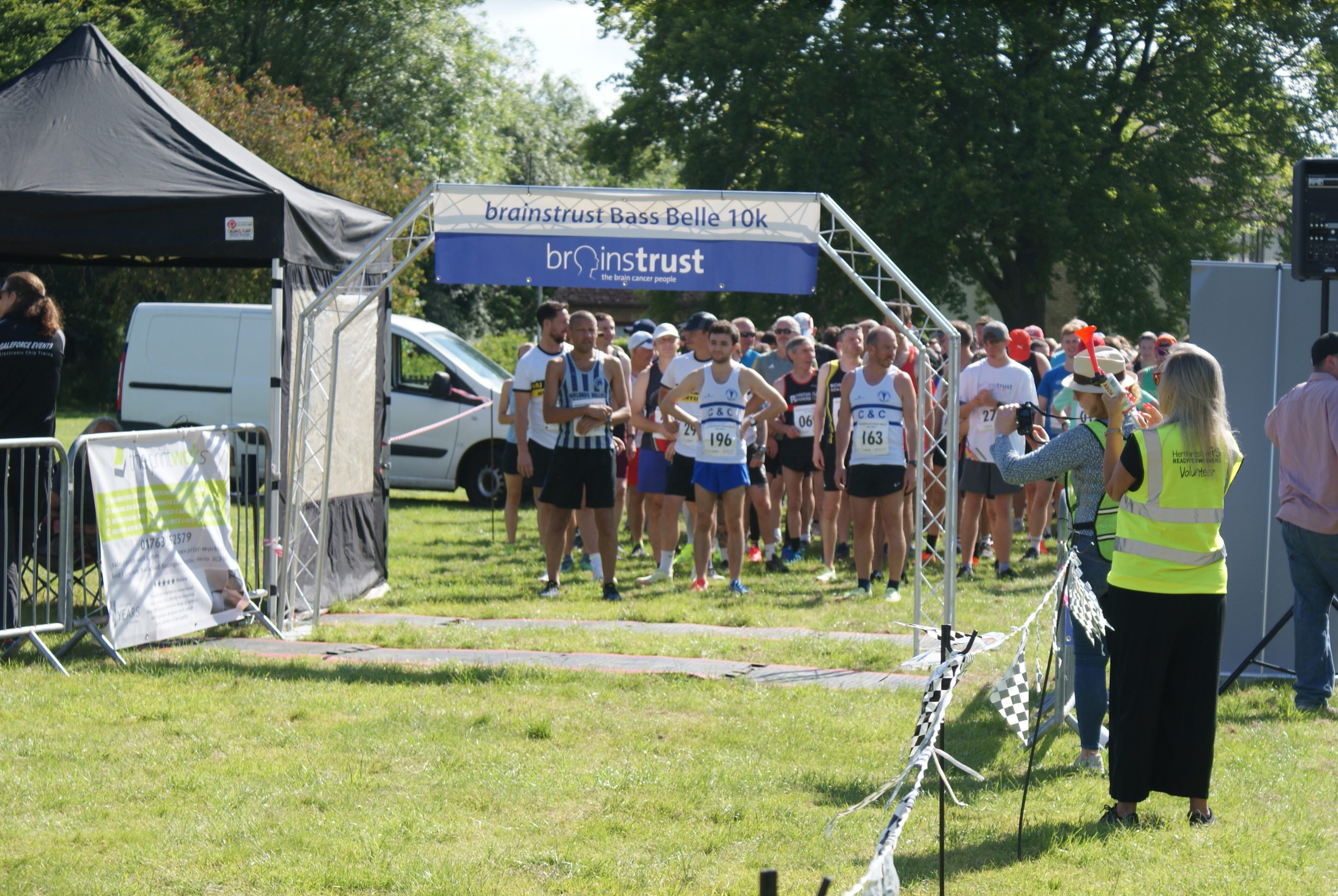
About the brainstrust Bass Belle 10km
This is a chip-timed event with all runners receiving their race pack by post prior to the event. Finishers will receive a bespoke medal, water will be available along with other goodies. Plus there’s a cake stall and hot food stall at the finish line for hungry spectators and runners alike. For those with their eyes on the prize, there are category winner trophies up for grabs and, new for this year, category winner trophies for the under 18 age category and a trophy for the highest fundraiser! Don’t forget we also have cash prizes for beating the course records which currently stand at 34.55 (Male) and 42.15 (Female).
Supporting brainstrust
All proceeds from the brainstrust Bass Belle 10km go help fund brainstrust vital services supporting people diagnosed with a brain tumour and their loved ones.
Every day, 30 people in the UK hear the words ‘you have a brain tumour’. For these people life changes in an instant as they now face the prospect of a debilitating disease with treatment options that are complex and harmful. Too many of them face the road ahead feeling alone, scared, out of control and without the support they need.
This is where brainstrust helps. brainstrust puts people with a brain tumour and their loved ones first so that they can reach their potential and thrive. brainstrust provides support and resources that help people with a brain tumour and their loved ones live the life they want after diagnosis. Find out more about the impact of our work here.
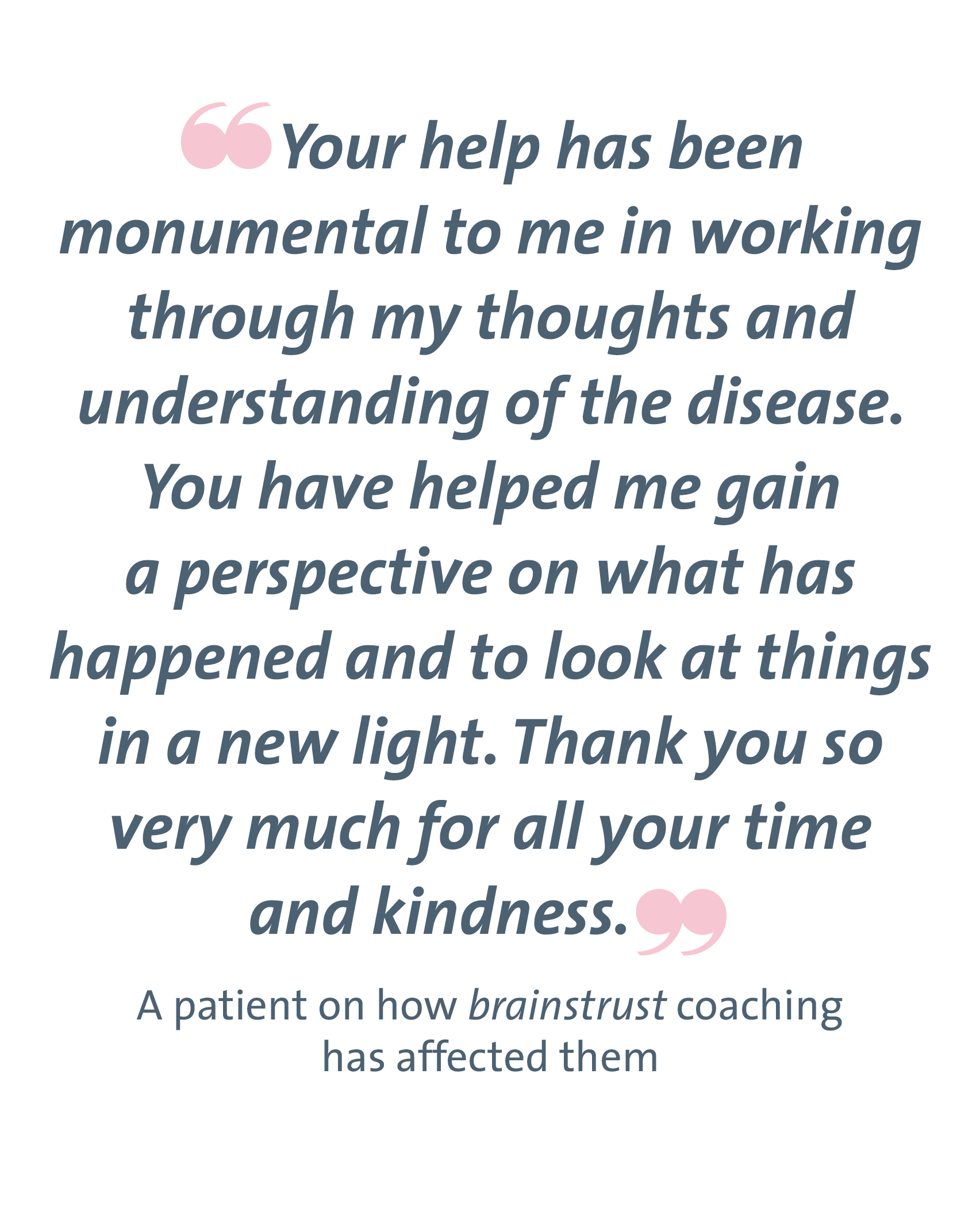
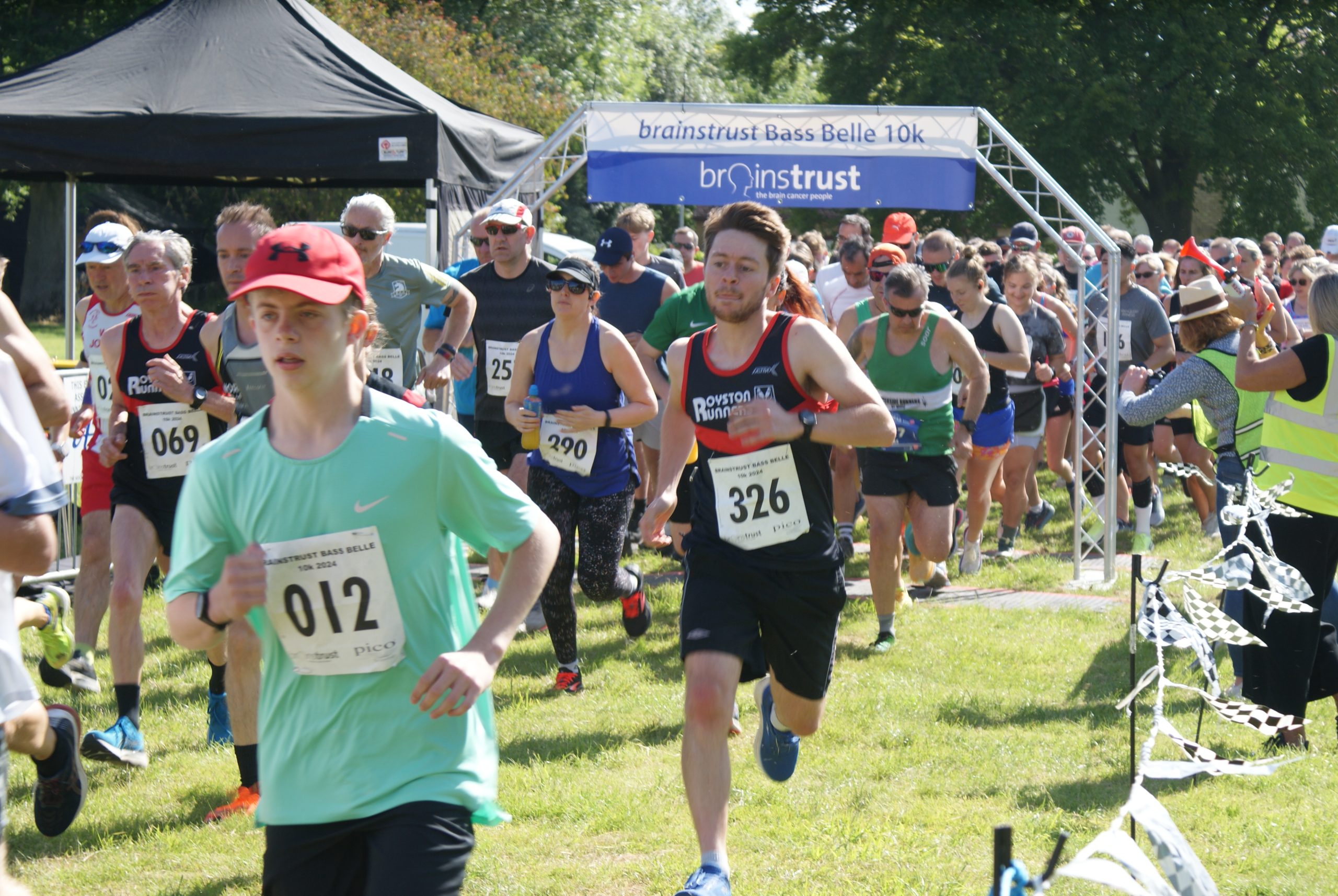
Race history
In 2014, Ash Hawkins set up Fit4thechallenge to support charities after knee surgery left him unable to run as much as before. Running events had been Ash’s primary way of fundraising, so organising races seemed like the natural next step. In 2023 Fit4thechallenge stopped operating, and Ash joined the brainstrust team as Fundraising events manager bringing with him his fantastic Fit4thechallenge event. 2024 starts a new chapter for both Ash and brainstrust with the launch of a new event. Welcome to the brainstrust Bass Belle 10km fellow runners!
The charity choice for me was an easy one. My dad died from a brain tumour just before Christmas in 2013 after a 3-year battle. During his treatment and recovery, we as a family felt very isolated and uninformed about my dad’s condition and the support that was available. brainstrust provide this support and so I chose to support them so that other families wouldn’t feel as lost and isolated as we did. Fit4thechallnege allowed me to raise awareness of the charity and raise funds for them. – Ash Hawkins
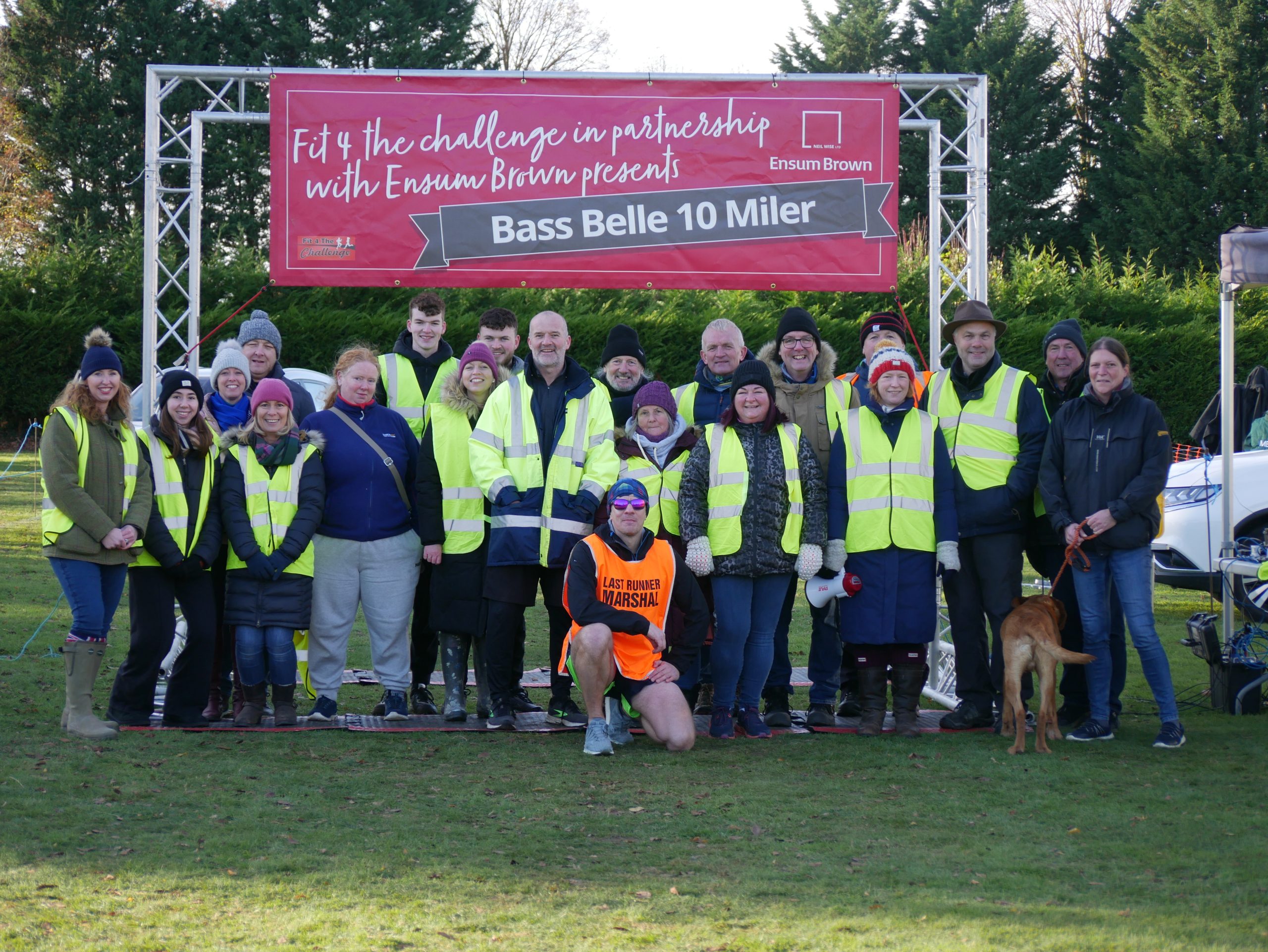
The brainstrust Bass Belle 10km is open to runners of all abilities, so whether you are a club runner, social runner, looking to step up from Couch to 5km (C25K) or even new to running, you are all welcome on the start line on 23rd June. Runners must be aged 15 and over to take part with no upper age limit. As with the brainstrust Bass Belle 10 miler we welcome runners with their dogs, with buggies and even with a guide! Runners are reminded that there is a time limit of 1h 45mins for completing the course.
As well as supporting brainstrust, the brainstrust Bass Belle 10km is also a community event. The race is here to enable local community groups to fundraise and finally to encourage more people to take up running for their health and wellbeing.
Race information
Click the links below to download the race day information













